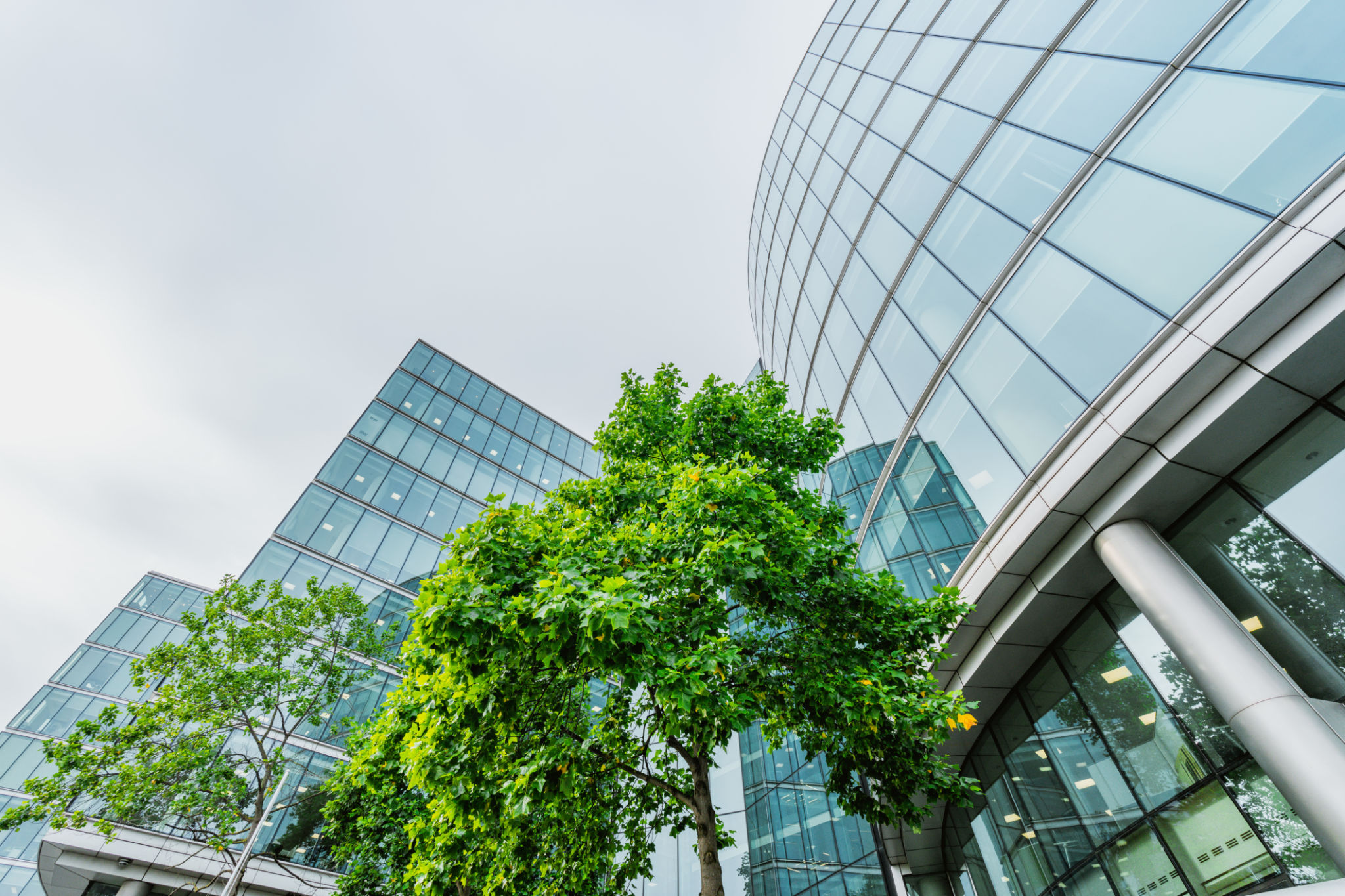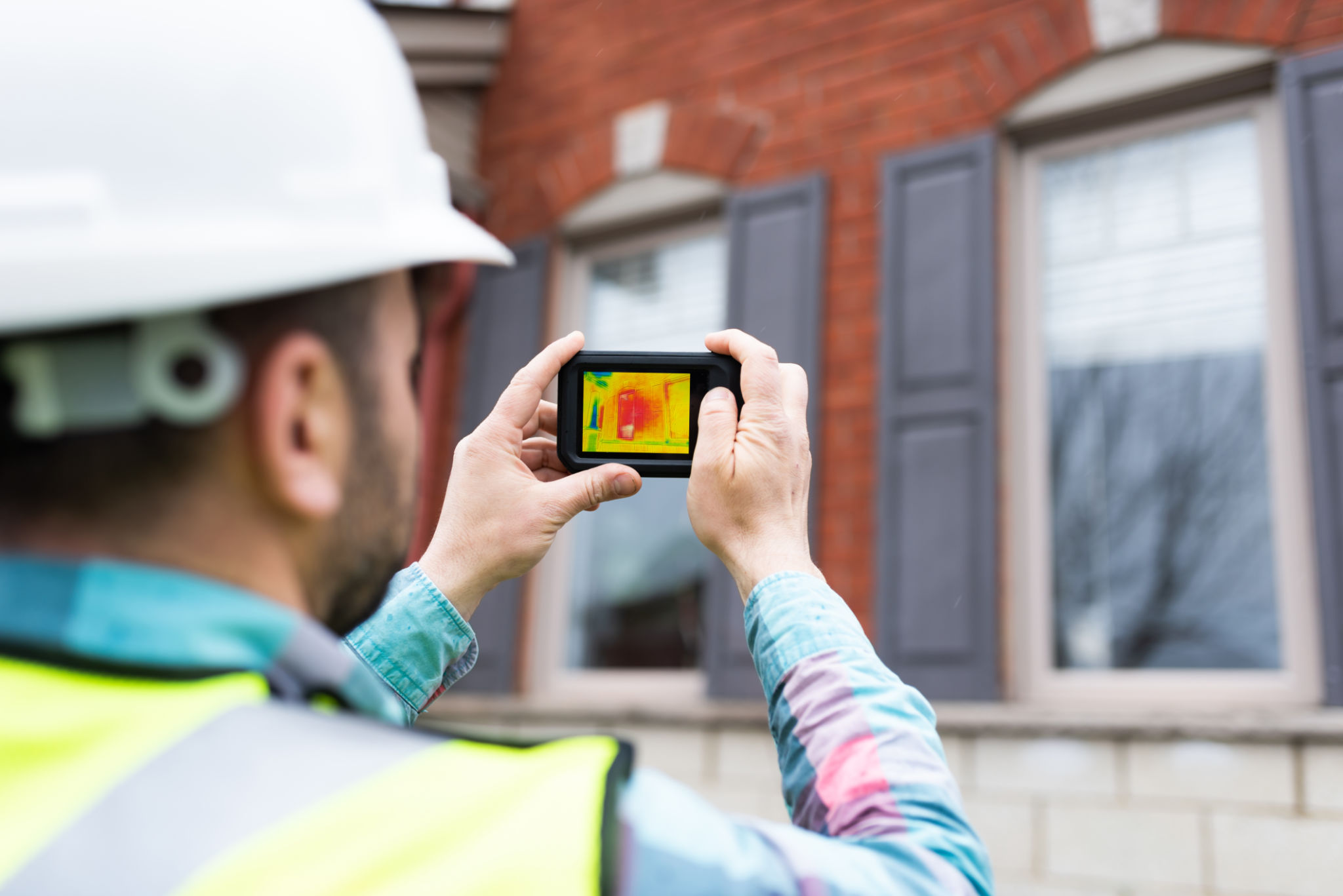Understanding the Benefits of BIM for Sustainable Building
What is BIM?
Building Information Modeling, or BIM, is a digital representation of the physical and functional characteristics of a facility. It serves as a shared knowledge resource for information about a facility, forming a reliable basis for decisions during its lifecycle, from inception onward. BIM is transforming the construction industry by providing a comprehensive platform for collaboration and efficiency.
The technology integrates various aspects of a building's design and construction processes into a single, cohesive model. This model can be used by architects, engineers, contractors, and owners to visualize and simulate the entire life cycle of a building. The result is greater accuracy in planning and execution, reduced errors, and a more sustainable building process.

The Role of BIM in Sustainable Building
BIM plays a crucial role in promoting sustainability in the construction industry. By enabling detailed analysis and simulations, BIM helps to minimize waste, optimize energy use, and improve the overall efficiency of building operations. This not only reduces the environmental impact but also results in cost savings for building owners.
One of the primary benefits of BIM in sustainable building is its ability to enhance energy efficiency. By simulating energy use throughout a building's lifecycle, BIM allows designers to identify areas where energy consumption can be reduced. This includes optimizing the building's orientation, selecting energy-efficient materials, and implementing renewable energy sources.

Reducing Waste with BIM
Another significant advantage of using BIM in sustainable building is its ability to reduce waste. By providing detailed information about materials and construction processes, BIM enables precise planning and execution. This reduces the likelihood of errors and rework, which often lead to material waste.
Furthermore, BIM facilitates better collaboration among project stakeholders, ensuring that everyone is working with the same information. This coordination minimizes discrepancies and misunderstandings that can result in inefficient use of resources and materials.
Improving Building Performance
BIM also contributes to improved building performance by allowing designers to simulate different performance scenarios. This enables them to make informed decisions about design elements that will enhance the building's overall performance. Factors such as indoor air quality, lighting, and thermal comfort can be analyzed and optimized through detailed simulations.

In addition to optimizing individual elements, BIM supports the integration of smart technologies into building designs. This integration can lead to automated systems that actively manage energy use, water consumption, and other resources, further enhancing the building's sustainability.
Long-term Benefits of BIM
The long-term benefits of implementing BIM for sustainable building extend beyond construction. By maintaining a comprehensive digital model of the building, facility managers can continue to optimize operations throughout the building's life. This includes regular maintenance schedules, system upgrades, and ongoing monitoring of energy performance.
Moreover, BIM facilitates easier adaptation to future changes or renovations as all necessary information is readily available in the model. This adaptability ensures that buildings remain sustainable even as new technologies and methods emerge.

Conclusion
The adoption of BIM for sustainable building practices offers a multitude of benefits that extend well beyond traditional construction methods. From reducing waste and enhancing energy efficiency to improving overall building performance, BIM is at the forefront of creating more sustainable structures.
As the construction industry continues to evolve, embracing technologies like BIM will be critical for achieving sustainability goals. By leveraging the power of digital modeling and simulation, stakeholders can ensure that buildings are not only efficient and cost-effective but also environmentally responsible.
